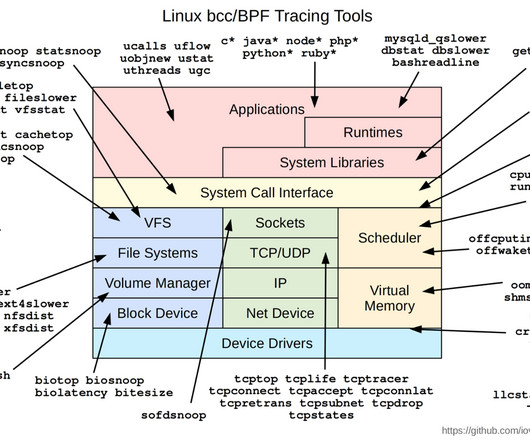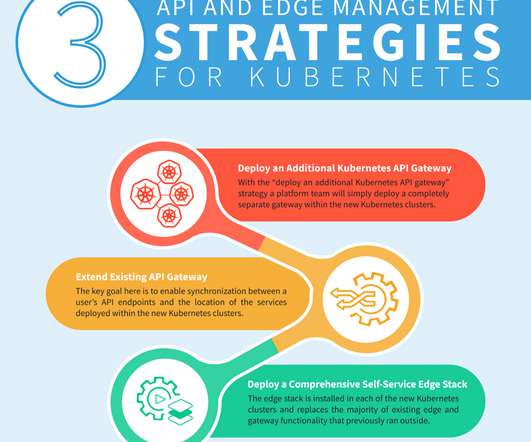Infrastructure Engineer: Key Duties, Skills, and Background
Altexsoft
JULY 4, 2022
The hardware layer includes everything you can touch — servers, data centers, storage devices, and personal computers. The networking layer is a combination of hardware and software elements and services like protocols and IP addressing that enable communications between computing devices. Key components of IT infrastructure.
















Let's personalize your content